Everything We Know About Indie Prize Showcase
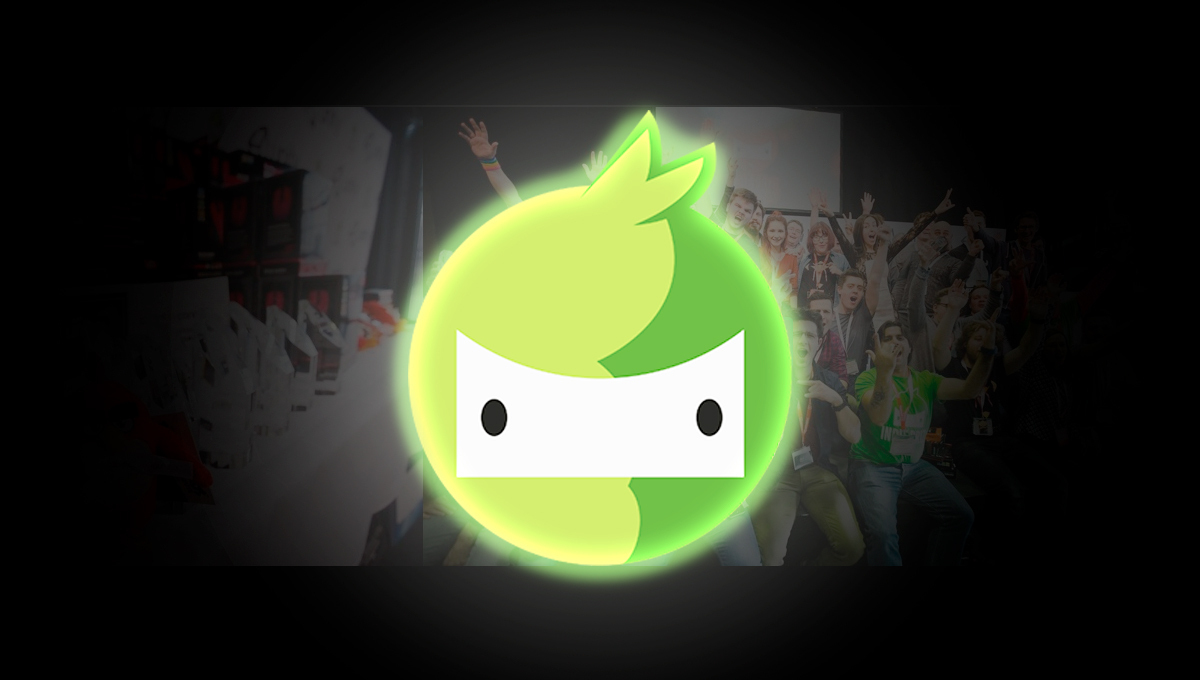
The pre-Covid era was glorious in the gaming industry. Throughout the year, some Video Game Events were constantly held where you could participate, try various video game novelties, meet like-minded people, and have a lot of fun. One of these events was the Indie Prize Showcase, which we will discuss today. You’ll learn all the details of this Showcase, which projects participated in it, what contribution it made to the gaming industry, and why it suddenly disappeared. Let’s begin the story of the Showcase and learn what happend to the Indie Prize!
Indie Prize History
Event Creating and It’s Beginning
The Indie Prize Showcase has been ongoing since 2013. The company Casual Connect oversaw the initiative, which aided aspiring developers in creating and promoting their projects. Indie Prize further nurtured the idea by helping studios worldwide to exhibit their projects over a span of three days, sharing their experiences and learning from other enthusiasts. At the same time, the best projects could earn appreciation from the organizers and sponsors with a check from $1000 to $10000.
Initially, Indie Prize Showcase primarily interested mobile game developers, with Applifier, SponsorPay, and even BlackBerry being among the main sponsors. With this support alone, the initiative visited five countries in one year: Germany, Singapore, U.S.A., Ukraine, and Amsterdam.
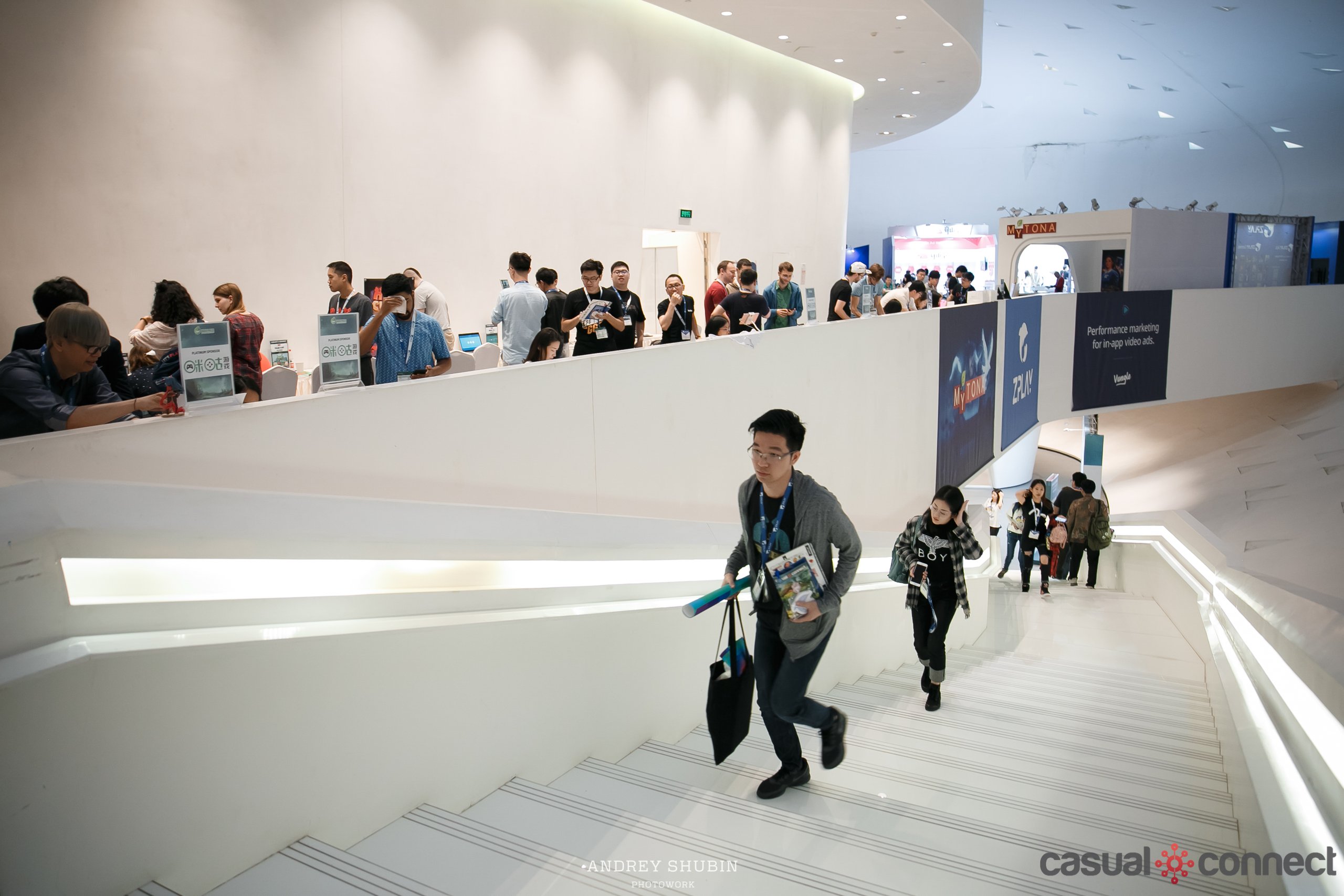
The participation conditions were reasonably straightforward:
- The project must be in a playable form
- The company is independent, with the majority owned by the team. The team has sold less than 50% of the company to outside investors
- The development team must own at least 50% of the submitted game IP
- Fill in the submission form
- Confirm your participation within 72 hours of receiving a confirmation letter
- Showcase your title at the Showcase area during all three days
- Be present at the Awards Ceremony
If applicants to the Indie Prize scored high in one of the five categories, namely Audio, Innovation, Game Design, Art, or Narrative, two people could attend the event. They were guaranteed the following:
- Table space area of 60*90 cm
- All-access passes for the team with showcases, lectures, parties, and free accommodation in a local hostel during the event
- A chance to win the trophy and valuable prizes
- A possibility to write a postmortem for sites like Gamesauce
- A possibility to set up meetings with all the attendees of Casual Connect through the Pitch and Match meeting system
- Stream their game on the official Casual Connect Twitch channel.
In total, up to 100 projects were allowed. Any additional applicants could either purchase a pass or participate as a volunteer.
Game projects were evaluated by judges, who could also apply to become a jury. They were explicitly composed of game journalists, representatives of large studios, or event sponsors. During the Indie Prize, judges rated each project by assigning points from 1 to 4, with 4 being the best possible score in each category, a total rating was compiled, and five finalists from each category were announced. At the end of the Showcase, the judges collectively selected which of these titles was the winner.
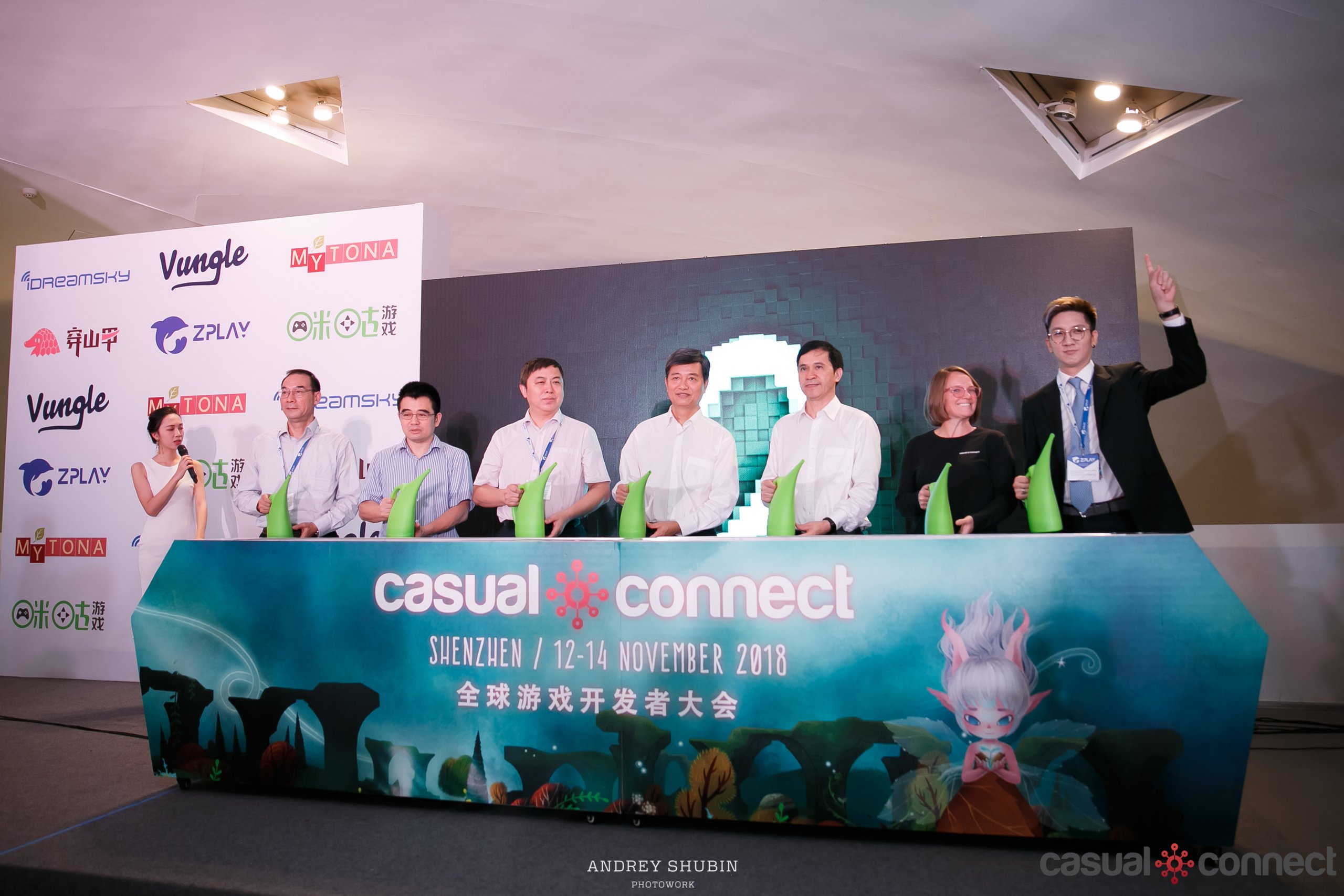
Over this time, many classic indie games of our time have participated, such as Giana Sister’s Twisted Dreams, The Inner World, Reus, 8Bit MMO, and more. With each passing year, more studios from different countries began appearing at the Indie Prize Showcase, and the event started to earn significant popularity!
Promotion and Future Successes
The organizers’ efforts were not in vain. In 2014, there was a massive influx of sponsors, including Sony and Facebook. More than 100+ studios were able to participate in the May Showcase, Asia 2014, and this number grew with each subsequent event, as did the rewards. The Indie Prize started to gain so much momentum that many gaming journalists began to take notice and participate as jurors, including notable publications such as Gamesradar (Philipp Rogmann), Siliconera (Spencer Yip), and VentureBeat (Dean Takahashi).
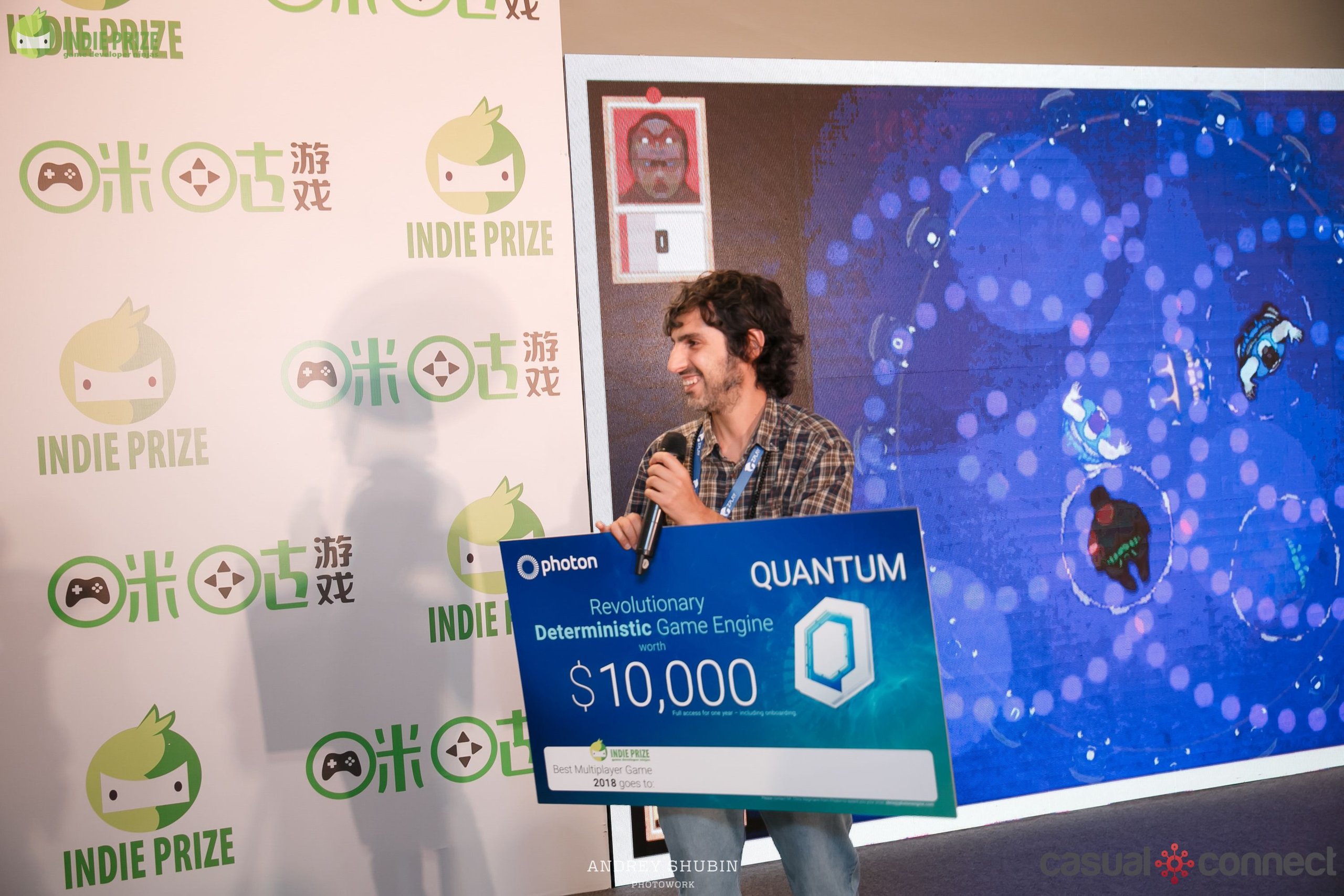
By 2015, Microsoft, Samsung, Epic Games, Google, and Unity were among the main sponsors, and a multitude of talented developers and exciting projects could be seen among the studios, many of which are still remembered to this day. Notably, these included Party Hard, Out There, Move or Die, Speedrunners, Hue, Shadowmatic, and others.
The most significant years were 2016 and 2017. These years saw the most extensive number of participating titles with new sponsors and professional industry speakers who shared their game-creation experiences. At the time, this was somewhat of a breakthrough for indie authors, especially considering the appearance of Ubisoft Blue Byte, Epic Games, Blizzard, Unity, Rovio, Wargaming, Bandai Namco, and more experts. Any attendee could get answers to any of their questions and gain a chance to realize their dream and join AAA studios. Projects that stood out from these years included Shadow Tactics, Coverfire, Figment, Sara is Missing, Beholder, and Untildead.
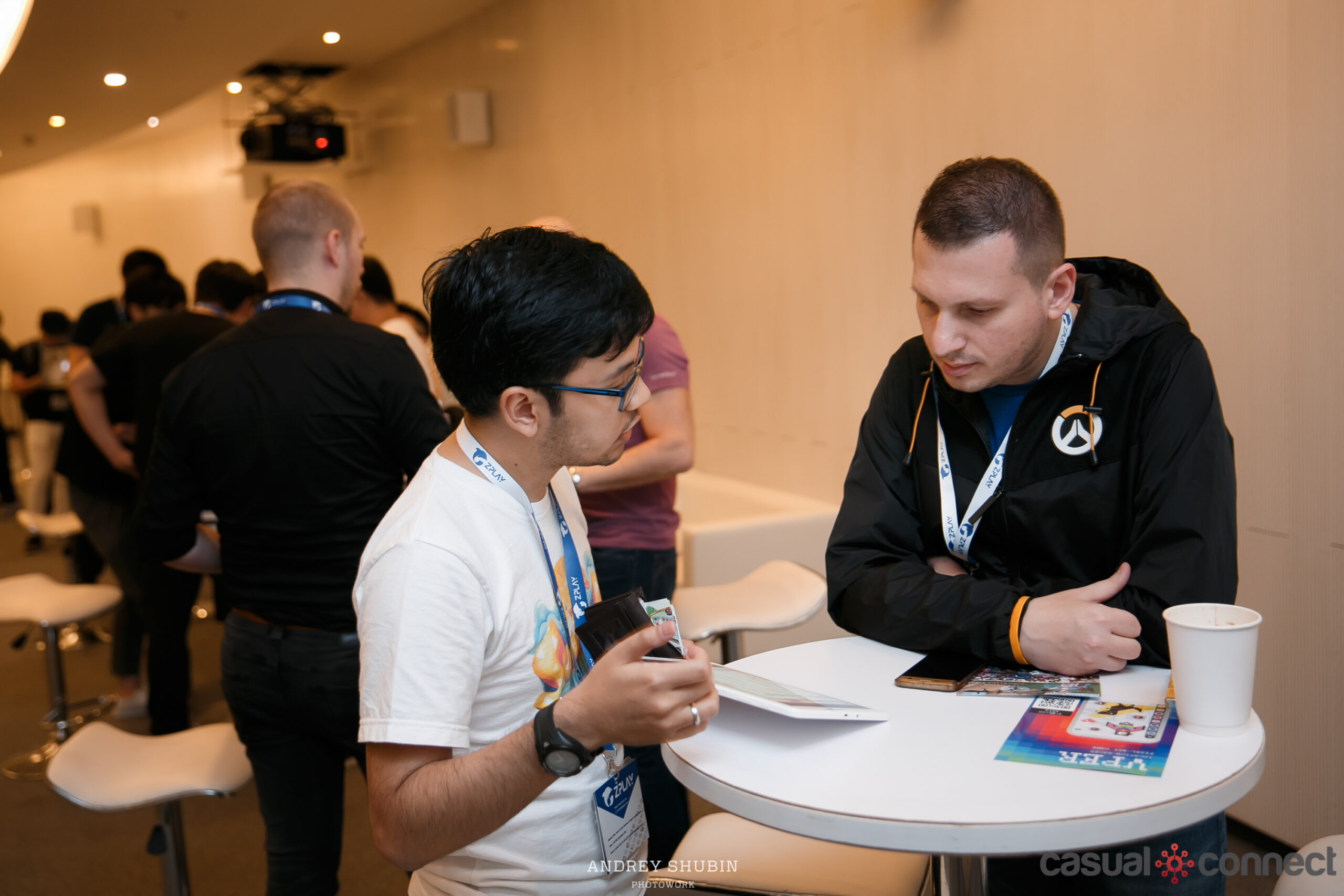
All these positive moments led to the Indie Prize being held in a much more considerable number of countries, such as India, China, the United Kingdom, and other European countries. Participants could receive impressive prizes, such as a cash prize of up to $10,000, the translation of their game into any language, or even full publishing. Despite all these favorable circumstances, the event began to fall.
Loss of Audience Interest and the Beginning of the Epidemic
The 2018 didn’t greet the organizers of the Indie Prize as pleasantly as they would have liked. Despite all the success and recognition from developers worldwide, major sponsors lost interest in supporting such an event. The reasons are still unclear, but apparently, large companies such as Microsoft or Sony saw no sense in investing their resources in these events, which didn’t particularly bring them good specialists or profits. At that time, they invested in video game events such as E3 or Gamescom, which gave much more feedback and audience love.
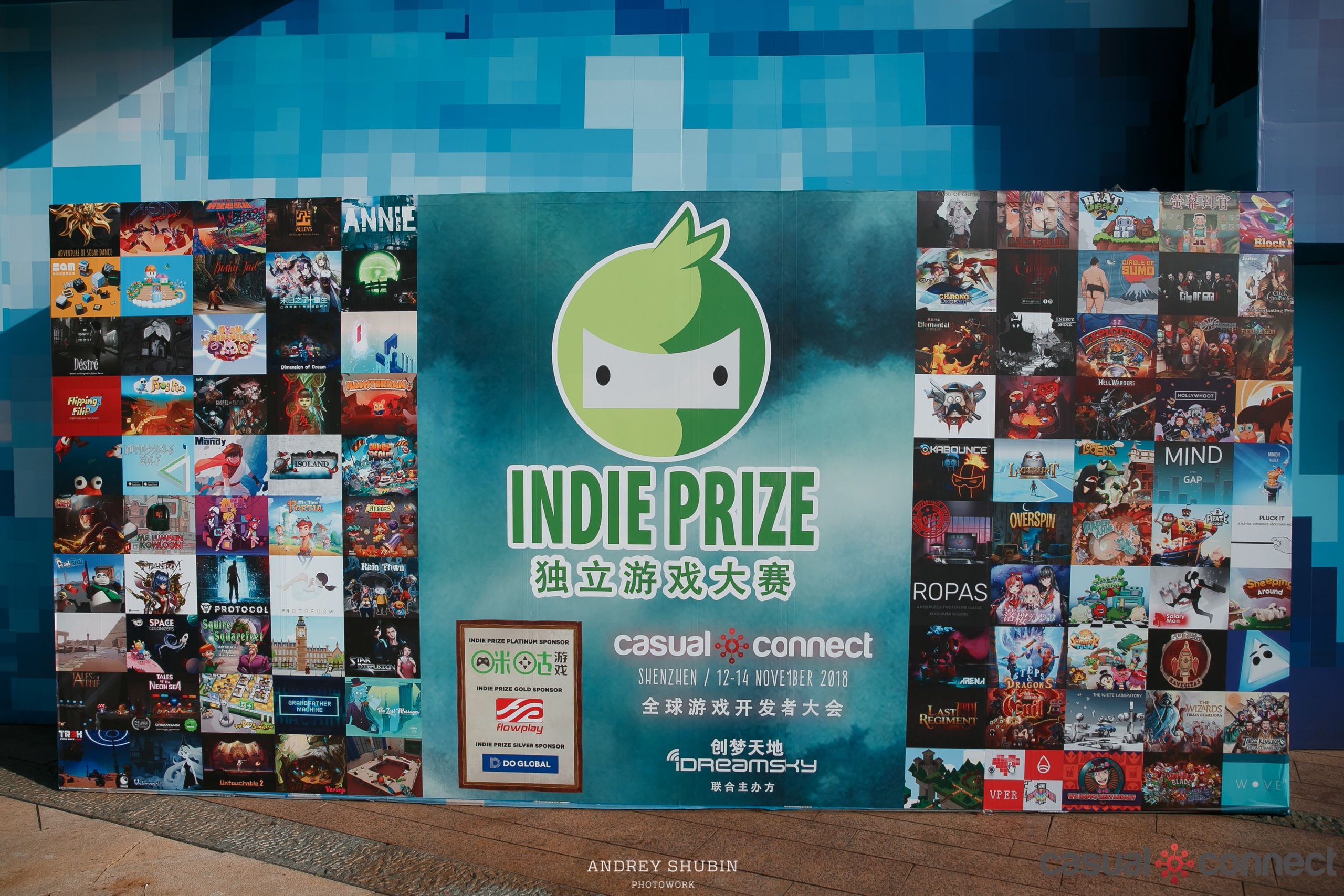
The loss of sponsors was one of many problems they had to face; there was also a drain on the audience and video game titles. The audience wasn’t as interested due to the overall quality of projects, many of which were poorly made, and finding a gem was too tricky. Moreover, there were significantly fewer titles than in previous years, but still not critical.
In 2019, the situation improved positively on all fronts, especially thanks to the Asian market. That year, games from Next Games studio participated in the Indie Prize, gaining real popularity there. These titles were Biped and Unheard, which gained their moment of fame during the Showcase with Award Ceremony and then started to gain popularity all over the internet. GameDaily even covered this event by chatting with the authors of the projects and talking about their emotions during the Indie Prize and their development experience.
It’s a great honor. It has encouraged our team and studio to keep working on bringing new experiences and pushing the boundaries of games.
— One of the developers of Unheard about winning Best Game Audio Award
Things might have gone uphill if not Covid-19 appeared that happened on the threshold of 2020. Many companies and studios worldwide suffered, and live events were canceled everywhere. That’s precisely why the Indie Prize Showcase didn’t occur all those years: the loss of funds led to the event’s closure and the company presumably in 2022.
Final Words
And that’s the whole history of the Indie Prize that we’ve managed to unearth. It is less rich in events than one would like. Still, indie gatherings always appear in a warm environment and pleasant atmosphere. These kinds of video game events help small developers gain popularity and advance their heartfelt little projects. In 2023, it’s worth going to such places to support, give feedback, and help the gaming industry develop further. After all, only new ideas can lead to progress, and without them, our fun will end very quickly.
The Game is Fun. If It isn’t Fun, Why Bother?
Thanks for Reading! Owl is flying away.
If you are interested in getting familiarized with each event closer, then this list will help you:
Indie Prize Europe
Indie Prize 2013 and 2014
- Notable Sponsors: Tango, Playfirst, Plantronics, PS Vita (as Sony), Facebook, Everyplay
- Best Games: The Inner World, Speedrunners, Riot Runners, Nihilumbra, The Silent Age, Haunt the House: Terrortown, Guns of Icarus, Reus, Icycle on Thin Ice, Detective Grimoire, Giana Sisters Twisted Dreams, 8bitMMO
Europe 2015
- Notable Sponsors: Facebook, Unity, Rovio, Google, Amazon, Plantronics
- Best Games: Hue, Out There Omega, Guns and Gore and Canolli, Move or Die, Among the Sleep, Amphora, Klang, Party Hard
Belgrade 2015
- Notable Sponsors: Intel, Unity, Amazon
- Best Games: Skyhill, King’s Rush, Train Valley, Steampunker, Atomworks
Amsterdam 2016
- Notable Sponsors: Epic Games, Intel, Unity, Amazon
- Best Games: Typoman, Q.U.B,E. 2, Deliver Us The Moon, Shelter 2, Darkestville Castle, Shadowmatic, Castaway Paradise
Tel-Aviv 2016
- Notable Sponsors: Crazy Labs, Mobco, Unity, Amazon
- Best Games: Layers of Fear, Train Valley, Karma. Incarnation 1, Party Hard, Scrap Garden
Berlin 2017
- Notable Sponsors: KGDA, Tenjin, Amazon, IBM
- Best Games: Pathologic, Guns and Gore and Cannoli 2, Clustertruck, Ary and The Secret of Seasons, Dex, The Bunker, Figment, Slayaway Camp, Serial Cleaner, Bulb Boy
Kyiv 2017
- Notable Sponsors: Unreal Engine, Amazon, Indie Sky, Appodeal
- Best Games: My Memory of Us, Deep Sky Dereclicts, Simulacra, Death Horizon, The Enchanted World
Serbia 2018
- Notable Sponsors: Madhead Games, Nextboy, Inlingo
- Best Games: Golf Club: Wasteland, Metamorphosis, Sol Invictus, Cube Escape: Paradox, Superverse, Okunuka
Indie Prize USA
Los Angeles 2014
- Notable Sponsors: Facebook, Everyplay, Unity, Intel
- Best Games: Dark Deception, Fearless Fantasy, The Phantom PI Mission Apparition, Whispering Willows
San Francisco 2015
- Notable Sponsors: Unity, Samsung Galaxy, Amazon, Coronalabs
- Best Games: Armello, 2064: Read Only Memories, Hue, Road Redemption, Brawl by Bloober Team, The Masterplan
Los Angeles 2016
- Notable Sponsors: Unity, Samsung Galaxy, Amazon, Coronalabs
- Best Games: Shadow Tactics, Redout, Agatha Christie by Microids, 911 Operator, Evilibrium: Soul Hunter, The Sandbox Evolution
Los Angeles 2017
- Notable Sponsors: Reliance Games, Humble Bundle, Amazon, Unreal Engine, IBM
- Best Games: Treadnauts, Beholder, Untildead, Phantom Brigade, WW Doh
Los Angeles 2018
- Notable Sponsors: Nvidia, Amazon, Zplay, OMUK
- Best Games: Simulacra, Warhammer: Doomwheel, Floor Kids, AntVentor
Los Angeles 2019
- Notable Sponsors: Photon, Inlingo, ShackNews
- Best Games: 60 Parsecs!, EMBR, Ponpu, Unheard, Metal Revolution, Rhythm Fighter
Indie Prize Asia
Singapore 2016
- Notable Sponsors: Unity, Plantronics, Amazon, EPAM, Iron Sources
- Best Games: Icey, Momodora: Reverie Under the Moonlight, Stifled, Valthirian Arc: Hero School Story, Dungeon Souls, YiiK: A Postmodern RPG, Opus: The Day We Found Earth, Dictator 2
Shenzhen 2017
- Notable Sponsors: Adcolony, Unity, Tenjin, Amazon
- Best Games: Sara is Missing, Mushroom Wars 2, Monster Prom, Rhythm Doctor, Lila’s Tale, Detention, Cat Quest, Sairento VR, Dying! Reborn, 60 Seconds
Shenzhen 2018
- Notable Sponsors: Migu, Flowplay, Do Global, Inlingo
- Best Games: Kabounce, Ash of Gods: Redemption, Aeon Must Die!, BACTERIUM, My Time at Portia, Muse Dash, Tales of the Neon Sea
Shenzhen 2019
- Notable Sponsors: Amazon, Cocos
- Best Games: Second Life, Unhear, Biped, Crown Trick, Muse Dash, Ancient Abyss
Indie Prize London
2018
- Notable Sponsors: Nvidia, Amazon, Zplay, OMUK, Inlingo
- Best Games: We Were Here Too, Hyperforma, Cost Words, The Almost Gone, Numbala
2019
- Notable Sponsors: Photon, Inlingo, ShackNews
- Best Games: Bombarika, Mutropolis, Liff 2018, Neuroslicers, Bee Simulator, A Fold Apart, Seers Isle, Aggressors: Ancient Rome

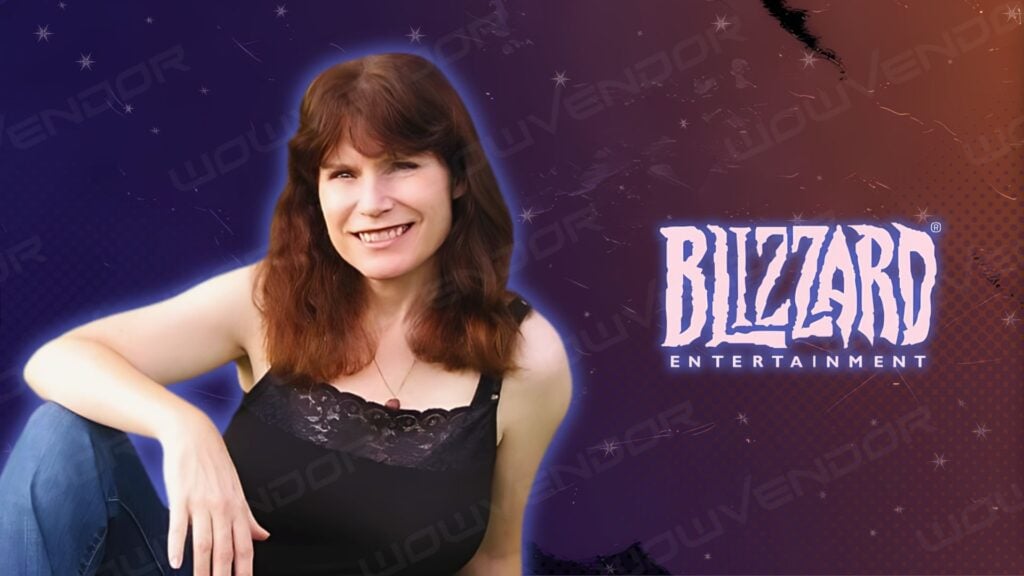
Comments